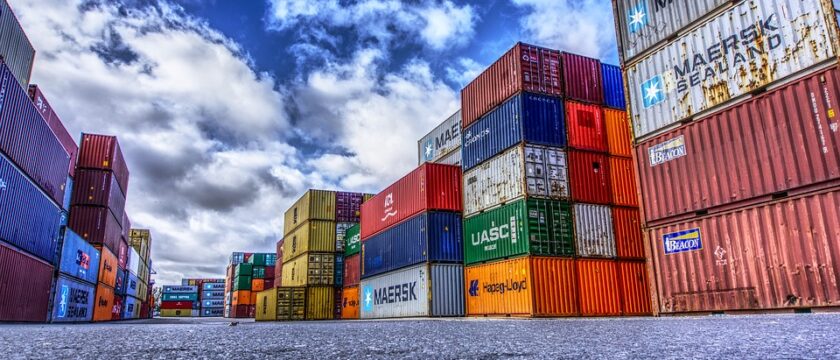Supply Chain Chaos and What It Means For You
As the COVID-19 pandemic continues, disruption of global supply chains has been another unknown victim. The unprecedented spread of the virus, beginning in early 2020 caused massive shutdowns around the world. Cities were in complete lockdown and consumer demand was diminished, as well as reduced industrial activity.
As lockdowns lifted, demand has reached an all time high and supply chains are having a difficult time coming back. This has led to an absolute chaos for distributers and manufactures of goods who have had to lessen their workforce and are not able to obtain components and materials for goods. Shortage of truck drivers has also contributed to the slowdown of product delivery. Supply chain congestion and blockage in the production system, freight rates increasing all have a trickle down effect on the disruption.
While this issues are ongoing, here are a few ways to cope with the ongoing woes of shipping delays and supply chain issues in the meantime:
- Put people first: Keep the planning workforce healthy and productive by supporting new ways of working.
- Leverage data to improve visibility: maximize visibility into demand, inventory, capacity, supply and finances across the ecosystem.
- Define segmentation to prioritize demand: carefully analyze demand and define priority micro-segments.
- Build a sales and ops SWAT team: mobilize dedicated planning and execution teams that are able to undertake multiple interventions and orchestrate responses effectively.
- Evaluate supply chain scenarios: run simulations to predict when and where excesses and shortages are likely to occur as well as running end-to-end scenarios to get actionable insights that will optimize operational metrics
Via accenture.com
Just remember: purchase early, be completely transparent, work with alternative products and don’t compromise on quality for availably. Businesses must navigate the financial and operational challenges of coronavirus while rapidly addressing the needs of their people, customers and suppliers.

